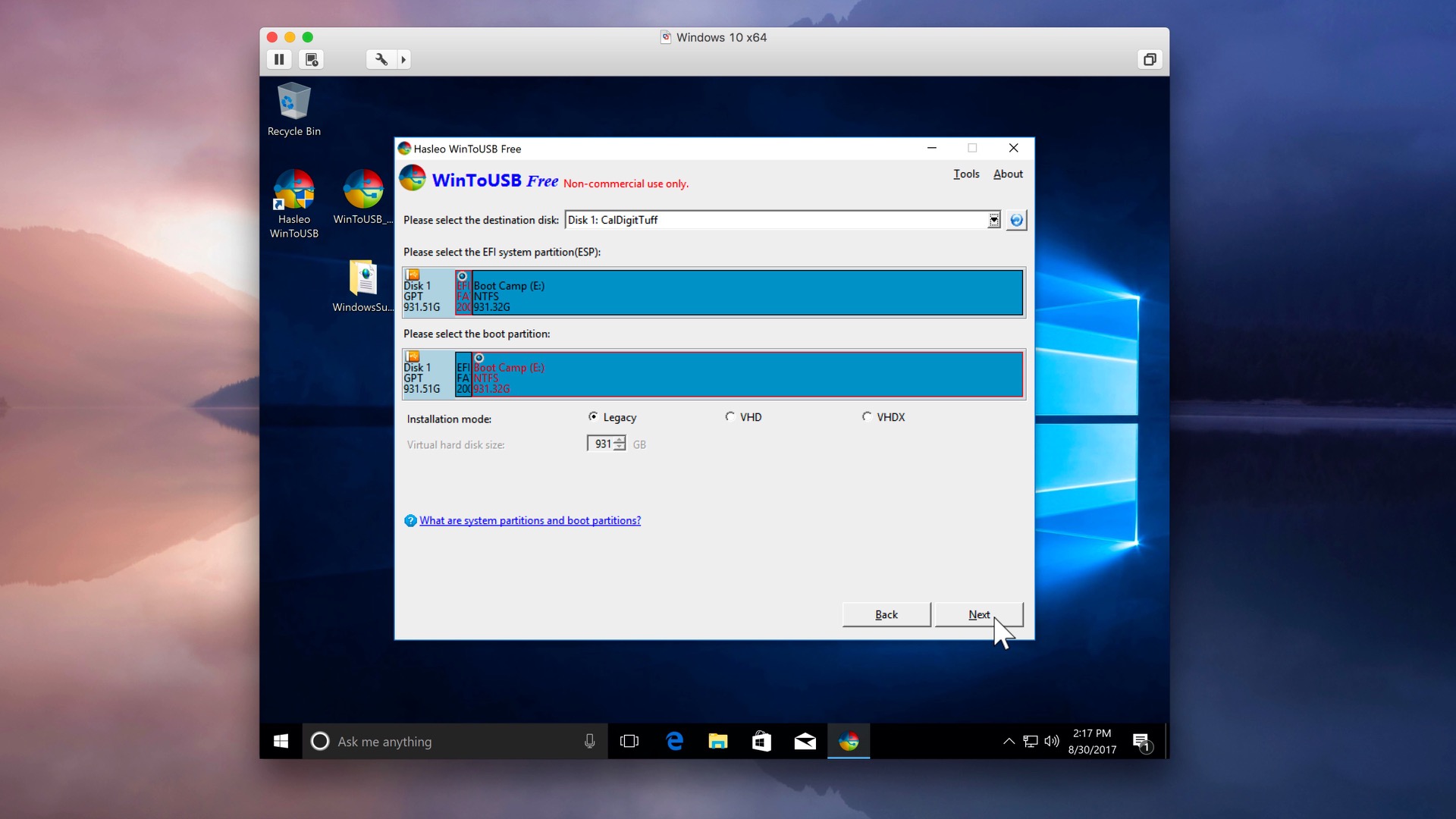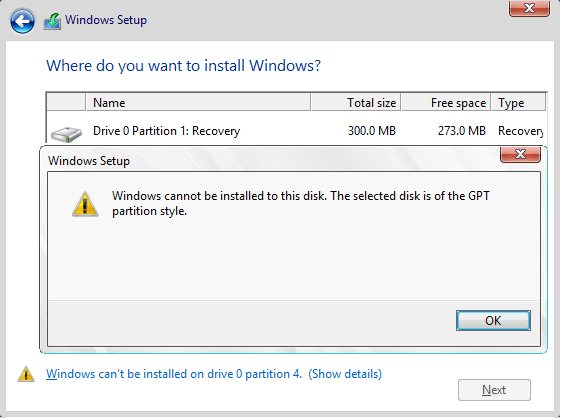
- #Space required for mac windows 10 installation install#
- #Space required for mac windows 10 installation free#
Now that you’ve completed installing Kali Linux, it’s time to customize your system. You should be greeted with a GRUB boot menu, which will allow you to boot either into Kali Linux or Windows.
#Space required for mac windows 10 installation install#
You can carry on following the single boot Kali Linux install guide, except you will not have the option to select desktop environment or metapackages as you are using the live image.
/cdn.vox-cdn.com/uploads/chorus_asset/file/3914686/Screen_Shot_2015-07-28_at_1.35.31_PM.0.png)
#Space required for mac windows 10 installation free#
The installation procedure from this point onwards is similar to a Kali Linux Hard Disk install, until the point of the partitioning.Īt this point, you need to select “ Guided - use the largest continuous free space” (rather than “Guided - the entire disk”) which got created earlier with gparted.Once you have resized your Windows partition, ensure you “ Apply All Operations” on the hard disk.If you wish to organize the partition to group all the Windows partitions together, placing the free space at the end, you may do so. You may need to try a few different options in order to find success. Depending on the manufacture, hardware, how the system is configured and install medium, you may see more options (e.g. When the boot menu/options appears, you should see at least one new option. If needed, press any keyboard shortcuts for a “boot order menu” (depends on each manufacture) or boot into BIOS/UEFI and change the boot order to point to the installation medium first. To start resizing, make sure you insert your Kali Linux installation medium and power on the device. By booting into a live Kali Linux session with your chosen installation medium, we can resize the partition to our desired size, as the disk will not be in use because Kali Linux will all be in memory. Resize Windows Procedureīefore we can install Kali Linux, there needs to be room on the hard disk. Having a backup of your Linux files available is a good idea in the event something goes wrong. Be aware of what partitions you are modifying and where you are installing Kali Linux to. This installation has the potential to go wrong very easily as it involves editing existing partitions. Installing or removing any metapackages.īoth of these can be addressed post installation, as it saves swapping to the installer image (as you will need either multiple CD/DVD/USBs or to re-image half way though).Changing or removing the desktop environment.After we have finished altering the disk layout, we can still install Kali Linux using the live image, but there will be a few differences such as: This is because we need to edit the disk structure without mounting any partitions (otherwise they would be in-use). We need to use a different image from the single boot Kali Linux install guide, as we need the live image. A single disk to install to (rather than a dedicated disk per operating system).


In our example, we will be installing Kali Linux alongside an installation of Windows (10), which is currently taking up 100% of the disk space in our computer. Once you’ve completed the backup, we recommend you peruse our Kali Linux Hard Disk install guide, which explains the normal procedure for a basic Kali Linux install. Since you’ll be modifying your hard drive, you’ll want to store this backup on external media. First, make sure that you’ve backed up any important data on your Windows installation.

However, you need to exercise caution during the setup process. Installing Kali Linux next to a Windows installation has its benefits.


 0 kommentar(er)
0 kommentar(er)
